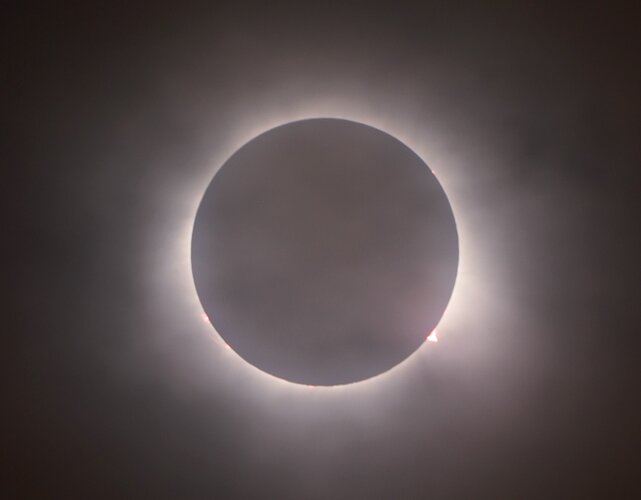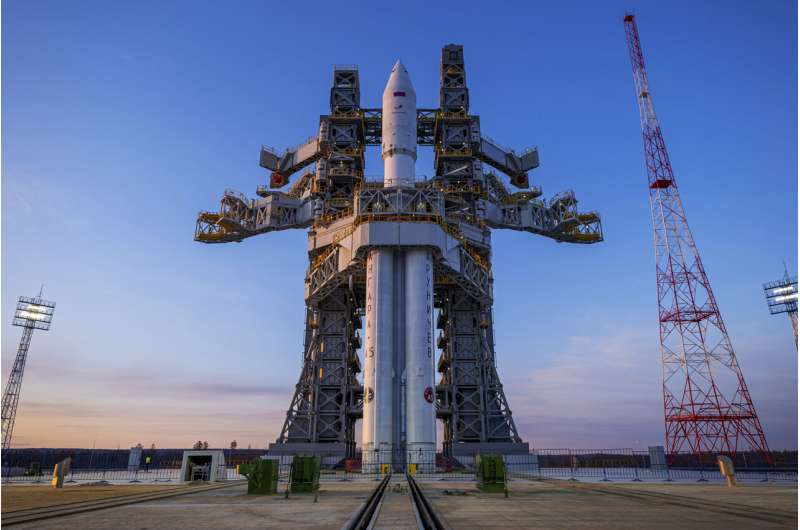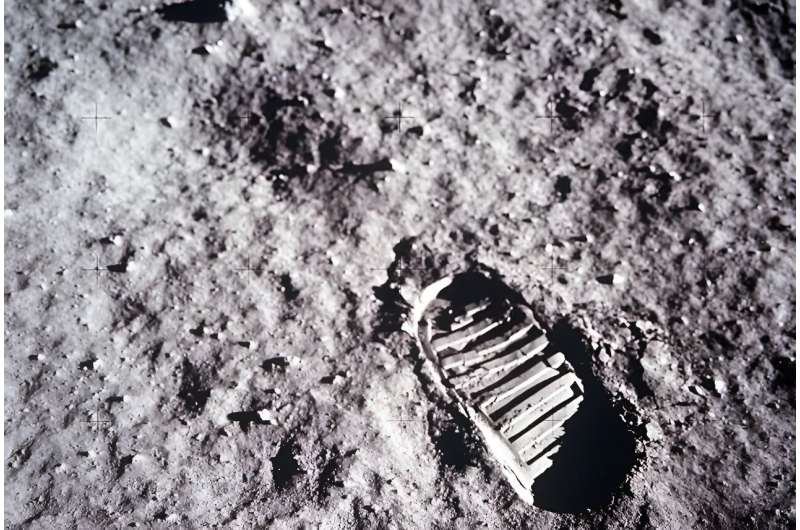Q-Tech Introduces AXTAL OCXOs for Enhanced Satellite Bandwidth and Radiation Hardness
Wednesday, 10 April 2024 15:14
Cypress CA (SPX) Apr 09, 2024
 Q-Tech Corporation, a prominent provider of space-qualified crystal oscillators and high-performance frequency control systems, has unveiled the AXTAL AXIOM75Sx Series oven-controlled crystal oscillators (OCXOs). These are specifically engineered for high-performance timing and frequency generation in low-earth orbit (LEO) satellite applications.
The AXIOM75Sx Series, developed by Q-Tech's
Q-Tech Corporation, a prominent provider of space-qualified crystal oscillators and high-performance frequency control systems, has unveiled the AXTAL AXIOM75Sx Series oven-controlled crystal oscillators (OCXOs). These are specifically engineered for high-performance timing and frequency generation in low-earth orbit (LEO) satellite applications.
The AXIOM75Sx Series, developed by Q-Tech's
 Q-Tech Corporation, a prominent provider of space-qualified crystal oscillators and high-performance frequency control systems, has unveiled the AXTAL AXIOM75Sx Series oven-controlled crystal oscillators (OCXOs). These are specifically engineered for high-performance timing and frequency generation in low-earth orbit (LEO) satellite applications.
The AXIOM75Sx Series, developed by Q-Tech's
Q-Tech Corporation, a prominent provider of space-qualified crystal oscillators and high-performance frequency control systems, has unveiled the AXTAL AXIOM75Sx Series oven-controlled crystal oscillators (OCXOs). These are specifically engineered for high-performance timing and frequency generation in low-earth orbit (LEO) satellite applications.
The AXIOM75Sx Series, developed by Q-Tech's How the merger of satellite and terrestrial cell services could offer the best of both worlds
Wednesday, 10 April 2024 15:11

ESA awards contract to Thales Alenia Space to restart ExoMars
Wednesday, 10 April 2024 10:17

L3Harris taps Mercury Systems to supply solid-state data recorders for missile-warning satellites
Wednesday, 10 April 2024 10:00

Small satellites aim to fill big shoes for military weather data
Wednesday, 10 April 2024 09:00

Relativity Space delays NSSL bid, focuses on 2026 Terran R debut
Wednesday, 10 April 2024 09:00

Total solar eclipse 8 April 2024
Wednesday, 10 April 2024 07:00 Image:
Total solar eclipse 8 April 2024
Image:
Total solar eclipse 8 April 2024 Investment banks take stock of evolving space finance challenges
Tuesday, 09 April 2024 22:51

Astrobotic and Mission Control to partner on lunar rover mission
Tuesday, 09 April 2024 21:39

NRO eyes diverse satellite fleet and AI-powered ground systems in modernization push
Tuesday, 09 April 2024 20:43

Russia aborts planned test launch of new heavy-lift space rocket
Tuesday, 09 April 2024 19:35
What could we build with lunar regolith?
Tuesday, 09 April 2024 17:58
It has often been likened to talcum powder. The ultra fine lunar surface material known as the regolith is crushed volcanic rock. For visitors to the surface of the moon it can be a health hazard, causing wear and tear on astronauts and their equipment, but it has potential. The fine material may be suitable for building roads, landing pads and shelters. Researchers are now working to analyze its suitability for a number of different applications.
Back in the summer of 1969, Armstrong and Aldrin became the first visitors from Earth to set foot on the moon. Now, 55 years on and their footprints are still there.







